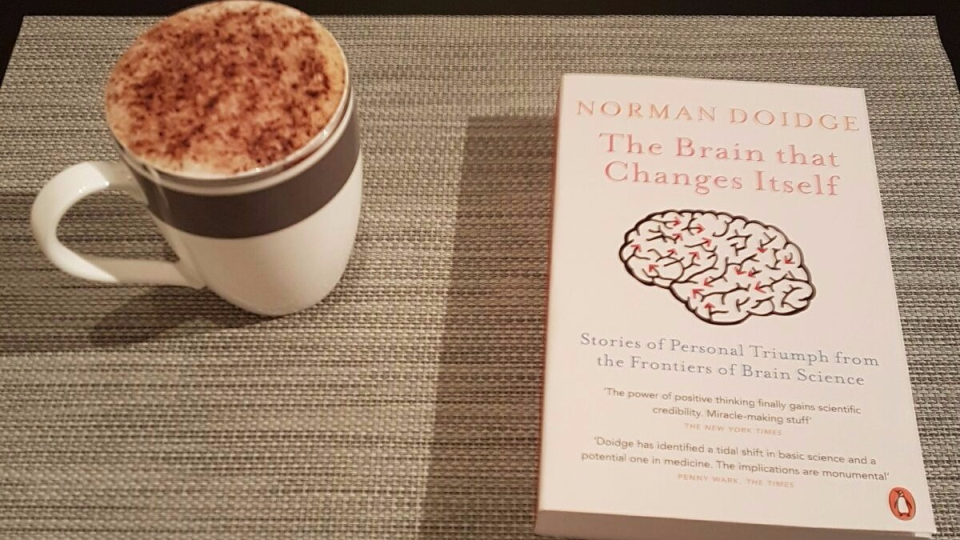The Brain That Changes Itself

- Original Title:
- The Brain That Changes Itself
- Author:
- Norman Doidge
- Published:
- 2007
- Buy at:
- bookdepository.com
This is the breath-taking book that everyone needs to read. Author of this book, Norman Doidge, M.D., is a psychiatrist, psychoanalyst, researcher, author, essayist and poet living in Toronto, Canada. He won a lot of prestigious scientific and book awards. “The brain that changes itself” is as the name suggests the book about our most important organ-brain and its remarkable ability to change in many different ways, ability that is called neuroplasticity.
Every chapter of this book deals with some of the ways brain alter its usual way of processing as response to some problem. Also, in every chapter in spotlight is one of the researchers that are investigating some brain ability. In the first chapter focus is on the work of Paul Bach-y-Rita, American neuroscientist, who studied neuroplasticity and implemented these findings into treating stroke victims, patients with balance disorders, and blind people. The main theme of the second chapter is Barbara Arrowsmith Young who was born with asymmetrical brain that combines brilliance with retardation, but developed exercises for improving brain. In the third chapter author writes about astounding work of Michael Merzenich, professor emeritus neuroscientist at University of California, San Francisco, whose contribution to the field of neuroplasticity are numerous. In other chapters, authors write about role of our brain in acquiring tastes and loves, in obsessions, experience of pain, and imagination. Also, there is chapter dedicated to explaining how stroke victims can learn to move and speak again as documented in work of Edward Taub, a behavioural neuroscientist at the University of Alabama, at Birmingham and developer of Constraint-Induced (CI) movement therapy for stroke victims.
One of my favourite chapters in this book is the chapter on Rejuvenation, which is about how we can produce new neurons in our brain, and how we can keep the brain fit even when we are 90 years old. The main ways for that are physical activity, which is important for making new neuronal stem cells, and learning something new, which is important in prolonging survival of neurons. Authors explains how physical activity is important not only because of creating new neurons, but because our brain needs oxygen, and physical activity strengthens the heart and blood vessels, and stimulates the production and release of the neuronal growth factor BDNF.
I enjoyed reading this book since it explains in very readable way major and most important findings about brain plasticity, findings that give hope that we do not need to be stuck in status quo, but we can change our brains and in that way change, improve, and prolong our lives. I took a lot of notes from this book, but I especially love this anecdote:
“When Pablo Casals, the cellist, was 91 years old, his student ask him: “Master, why do you continue to practice?” Casals replied: “Because I am making progress”.”





